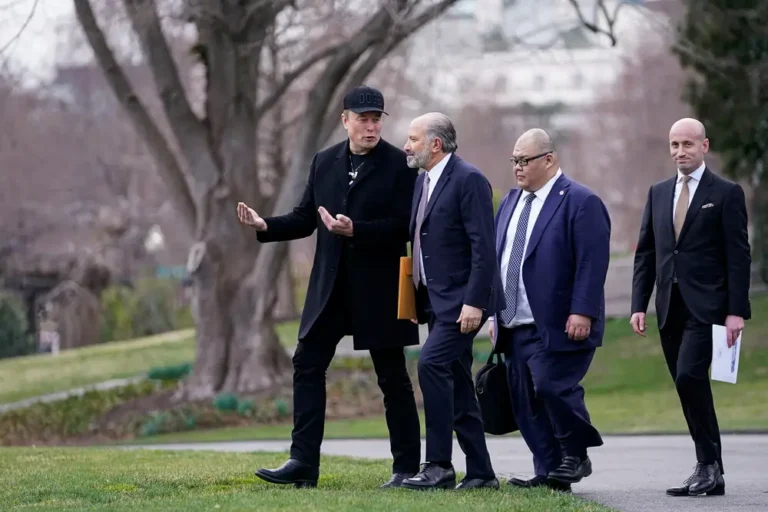How can LA combat its fentanyl crisis? MacArthur Park offers clues

In the center of a crisis, seeds of hope emerge. Grassroots efforts connect people to live-saving resources, but much more is needed.
People fall asleep holding a burnt piece of tin foil in one hand and a butane torch lighter in the other. Those who are awake frequently hunch over in order to alleviate the bone-deep aches of withdrawals.
A closer look, however, reveals seeds of hope.
There are grassroots efforts underway to connect people who use fentanyl with assistance. A dedicated young councilmember is working to establish an overdose prevention team and a harm reduction center to provide resources to drug users. Public health professionals are advocating for increased access to addiction-treatment medication.
“We’re trying to saturate this area with life-affirming responses and services,” said Councilmember Eunisses Hernandez, who represents MacArthur Park, where she claims overdoses occur on a daily basis.
Grassroots success
In 2020, she established Humankind LA as a one-woman nonprofit to assist people experiencing homelessness in the MacArthur Park area in accessing services and housing.
Haid currently has about 100 clients, more than 90% of whom she believes are addicted to fentanyl. Alejandro, for example, is eager to get off the streets and away from fentanyl. Former client Richard, also known as “Finny,” was homeless for about a decade and reports that he has significantly reduced his substance use since Haid assisted him in finding housing this year.
“They are so strong and resilient,” she remarked. “I’ve been awake all night thinking about them.”
Fentanyl is a highly addictive synthetic opioid that is 50 times stronger than heroin. According to the most recent available data from the county’s Department of Public Health, it was the primary contributor to a 55% increase in the county’s homeless mortality rate from 2019 to 2021.






